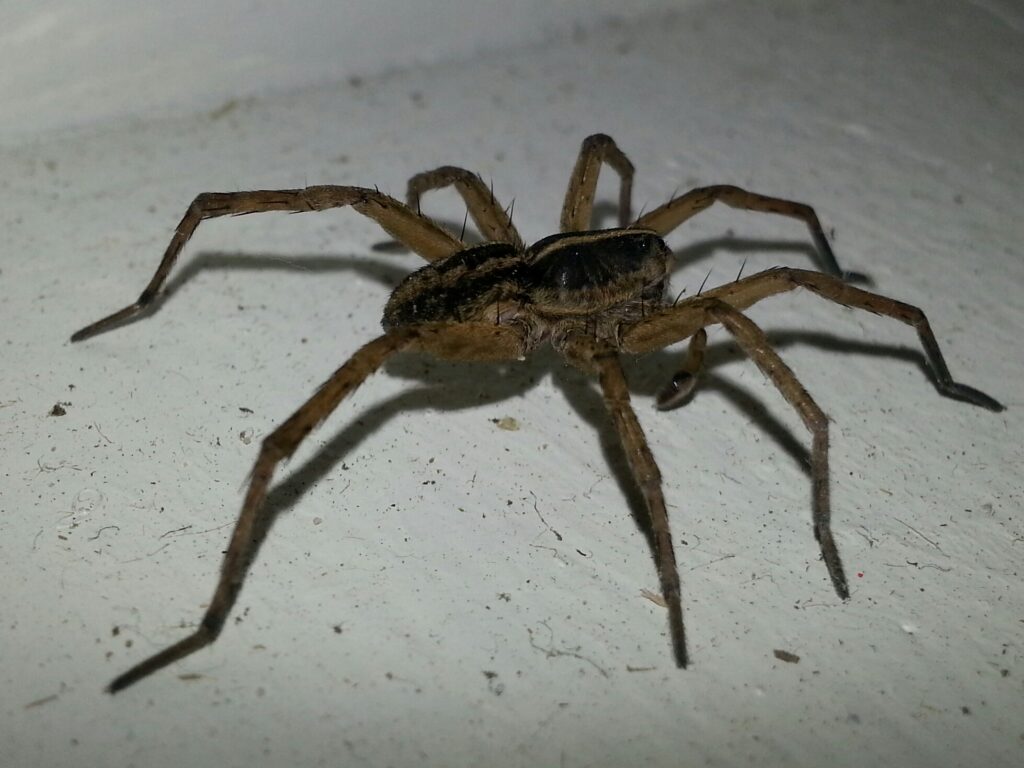 Although carpenter ants can be fascinating to watch due to their complex social structure, you probably don't want them scurrying around your home. Here's what you need to know about these insects and how pest control in Georgetown can help you permanently remove them from your home.
Although carpenter ants can be fascinating to watch due to their complex social structure, you probably don't want them scurrying around your home. Here's what you need to know about these insects and how pest control in Georgetown can help you permanently remove them from your home.
What are Carpenter Ants?
As their name suggests, carpenter ants are known for excavating wood to build their nests. While they are most frequently found outdoors, they can also set up shop on roofs and near moist wood, which can threaten the structural integrity of your home. Carpenter ants have a constricted waist, bent antennae and two pairs of wings differing in size. Although these ants are commonly confused with termites, another destructive pest, termites have a uniform body shape and straight antennae.What's the Role of the Queen Ant?
A carpenter ant colony can consist of thousands of worker ants whose job is to dig out wood, but it typically only has one queen. The queen is easier to identify than the rest of the colony because it's much larger in size, measuring up to an inch in length. She's typically dark brown, red, yellow or black, depending on the species. Once the queen reaches reproductive maturity, she mates with a male carpenter ant. After mating, the male carpenter ant dies, while the queen sheds her wings and goes off to find a new nesting site for her offspring. When looking for a site, the queen will look for moist or rotten wood. Each queen will feed her eggs on her own by using her stored fat and wings. Once her eggs hatch, her offspring will become the colony's new workers, scavenging for food and caring for the young. The queen's main responsibility then becomes laying eggs. She can survive for up to 25 years and lay thousands of eggs throughout her life. One of the main reasons why carpenter ant infestations can be so difficult to get under control is the way in which these ants establish their colonies. Carpenter ants create two kinds of colonies: parent and satellite. While the parent nest contains the queen, eggs and larvae and is typically found in damp or decaying wood, the satellite nest contains larger larvae and pupae and is found in drier environments. Because satellite nests thrive in dry environments, they're typically found in homes, including in attic insulation, hollow doors and curtain rods.What are Signs of a Carpenter Ant Infestation?
It's important to understand the signs associated with carpenter ant infestations in order to determine if you need to contact pest control in Georgetown. A few indications include:- Piles of wood shavings beneath baseboards, door jambs or windowsills
- Rustling noises coming from inside hollow doors or walls
- Shed wings near baseboards, vents or windowsills
- Sagging timber
- Large ants around or inside your home

